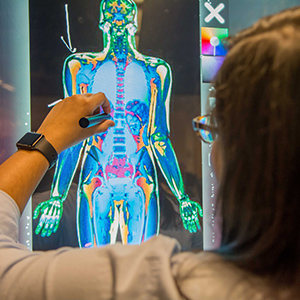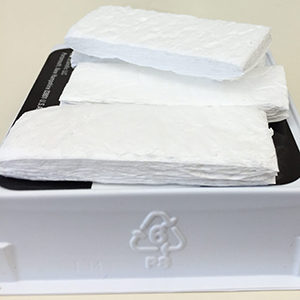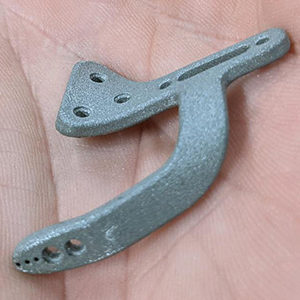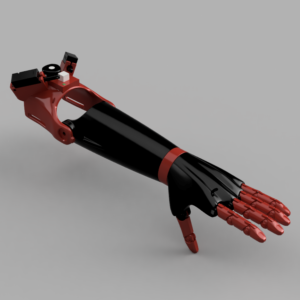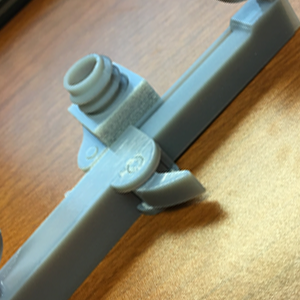Description
New device to save patients from catastrophic bleeding

Jason MacTaggart, M.D.
A new automated bleeding-control system that can reduce deaths related to catastrophic internal bleeding has been developed at the University of Nebraska Medical Center.
Internal bleeding is a common result of injuries from car crashes, falls, and gunshot wounds, accounting more than half of all American deaths between 1- and 44-years-old. Depending on the severity of the injury, the risk of death increases if the internal bleeding is not controlled in the first hour after the incident.
In the hospital, surgeons can stop severe bleeding by inserting a small balloon into a blood vessel near the injury site. The balloon—called a REBOA or Resuscitative Endovascular Balloon Occlusion of the Aorta device—is then inflated blocking flow and preventing further blood loss.
The problem with this approach is that traditional REBOA devices block all blood flow, which can lead to permanent damage if organs and tissue downstream of the device are starved from their blood supply for too long. UNMC’s novel device does more than just block flow: The innovative design has the ability to bypass the damaged area and maintain blood supply to vital organs and tissues downstream of the injury.
The automated REBOA device precisely controls inflation and regulates the amount of blood flow to downstream tissue. The device is fully automated to decrease user error. It can be easily deployed within the injured vessel to prevent blood loss at the site of the injury while preserving blood flow to downstream organs and tissue.
To discuss licensing opportunities please contact UNeMed at UNeMed@unmc.edu or 402-559-2468.

